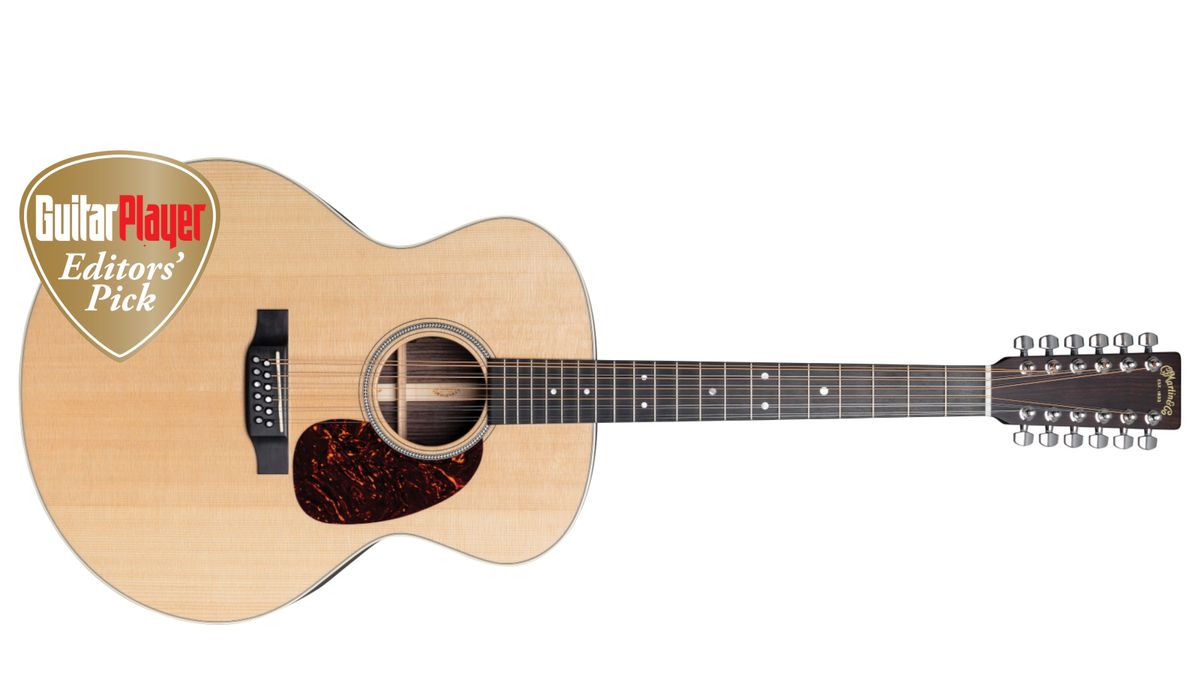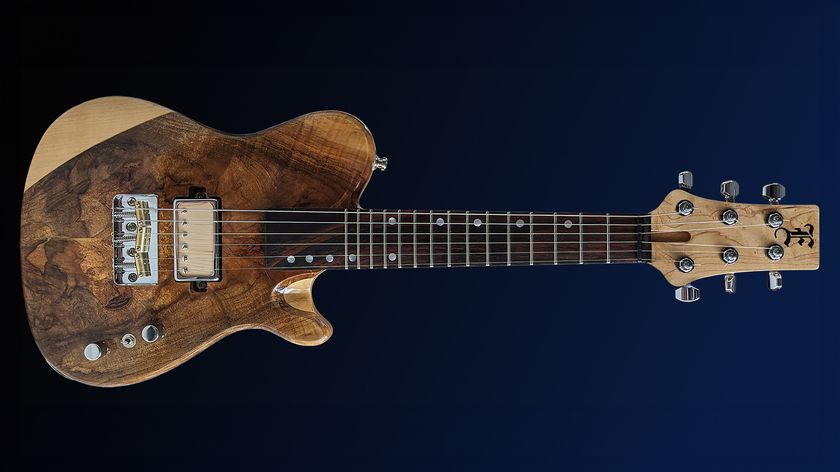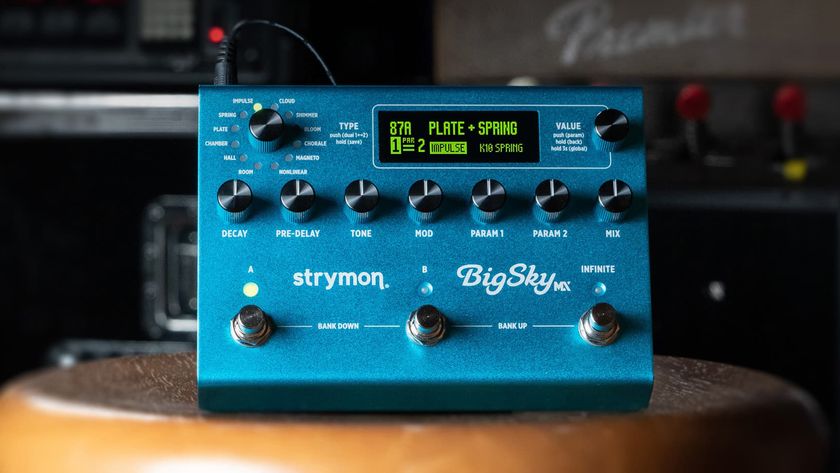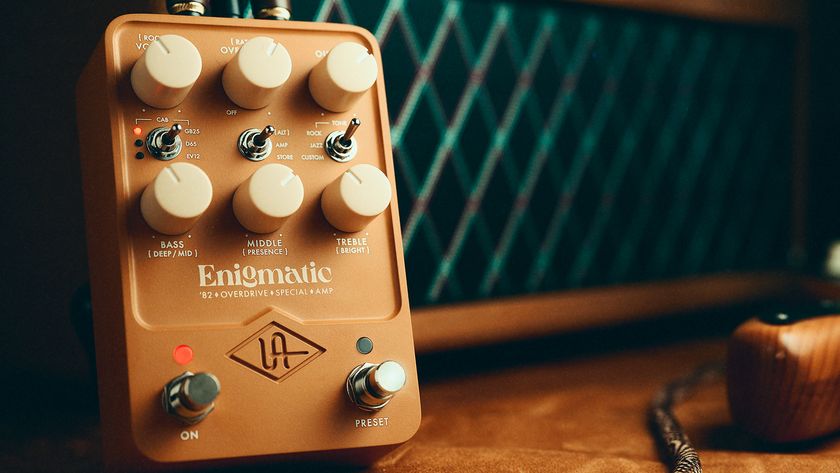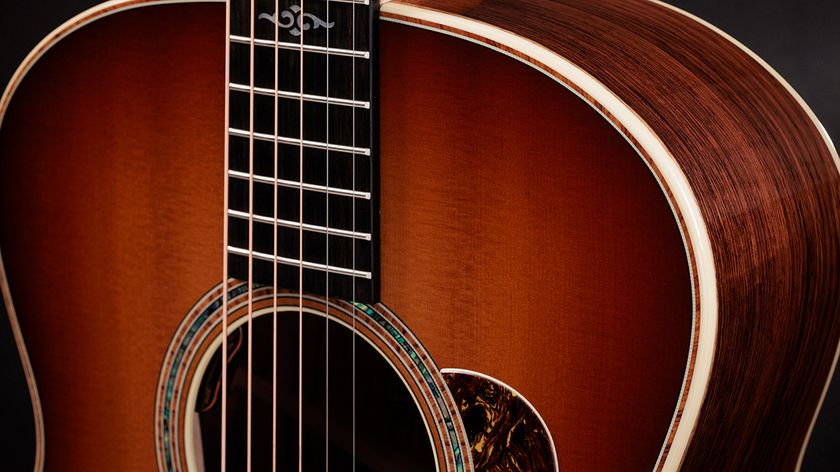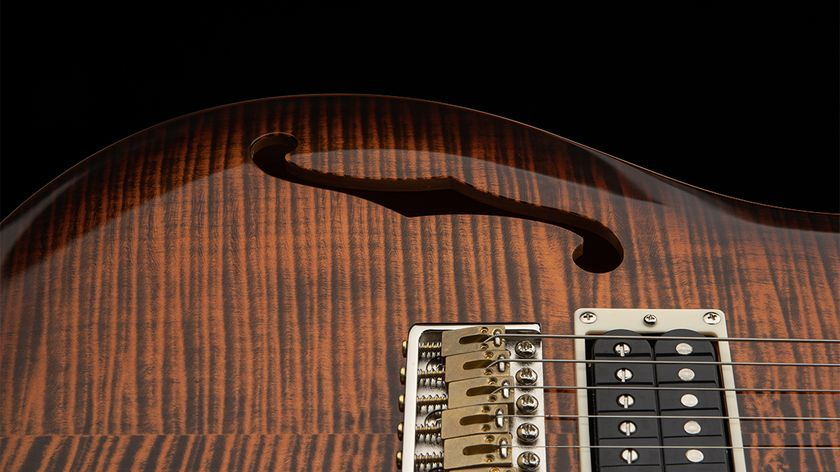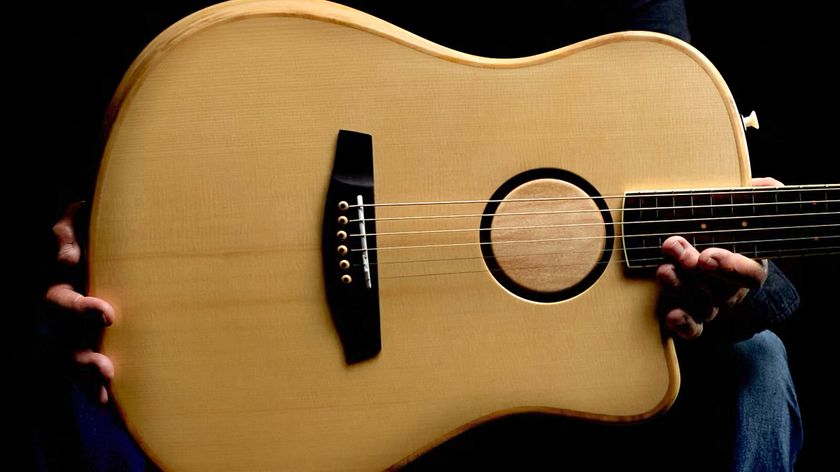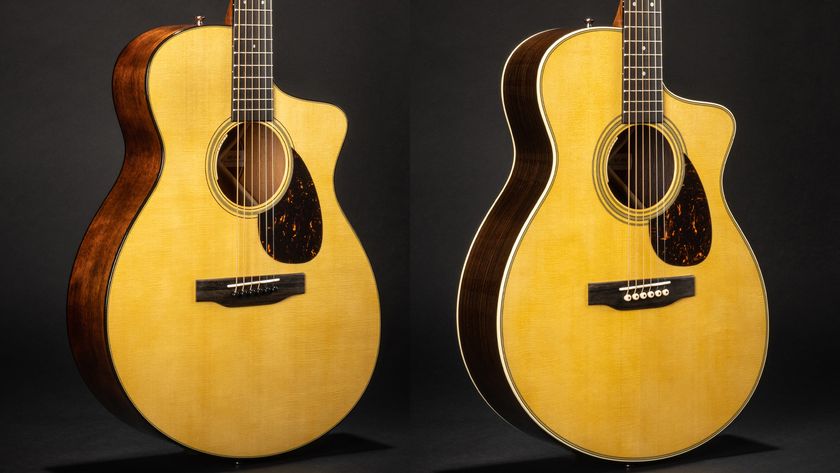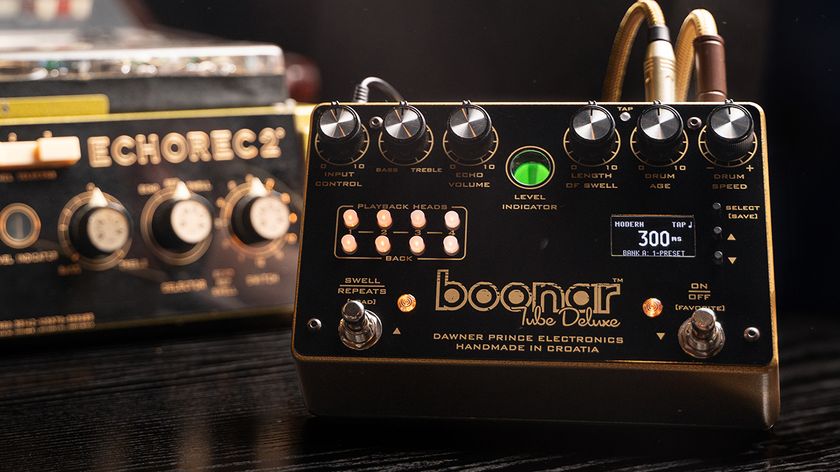GuitarPlayer Verdict
Martin’s Grand J-16E is an exceptionally utilitarian 12-string that covers a ton of ground without breaking the bank.
Pros
- +
Great playability, comfort and American craftsmanship
- +
Fine acoustic and amplified tones
- +
Reasonable cost
Cons
- -
None
You can trust Guitar Player.
While much of the attention paid to Martin over the past year understandably went to David Gilmour signature models, new ukes and the 00L Earth guitar, we’d be remiss not to take a good look at another interesting offering: the Grand J-16E. It’s a 12-string with 14 frets to a Grand J body, which is a rare combination. Martin’s standard J is essentially a deeper M/0000 style, but this Grand J combines the shallower depth of an M or triple 0 with a broad, jumbo-sized waist designed for maximum top surface and ergonomic comfort sitting or standing, plus a dual-element Fishman electronics system to deliver its signal to an eager audience.
Considering the bevy of 12-string coverage in recent Frets features with David Crosby, Leo Kottke and Taj Mahal, we were hyped up to put this unique Martin through a few paces.
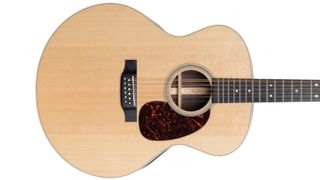
The Grand J-16E arrived in a gig bag with a groovy blue interior. A good look at the acoustic guitar reveals the hallmarks of Martin’s 16-17 line, fine American craftsmanship made with a conservative aesthetic to keep the cost conservative as well. The guitar has a few nice appointments, including a bold herringbone with multi-stripe rosette, and antique-white body binding. The classic wood combination is solid East Indian rosewood with a Sitka spruce top.

This instrument is ergonomically engineered for a fantastic feel. It’s a pretty big fella, but it was comfortable to play sitting, standing or walking around. The Grand J-16E’s high performance neck taper felt comfy in hand, and we were able to strum or fingerpick it pretty much like we would a six-string, as the neck width at the nut is only slightly larger than standard – 1.81 inches compared to 1.75. Sure, those 12 strings dig into the fingertips more than six, but Martin mitigates that as well by stringing it up with an extra-light set.
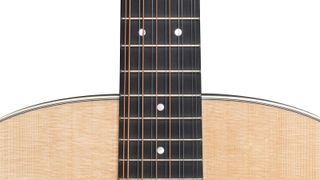
The combination of extra-light strings on a shallow body with a wide waist all adds up to chimey 12-string tone, with a shimmering top end, plenty of mids and decent bass response that provides a pretty solid balance without being as abundant as it would be on a full-depth jumbo with rosewood back and sides. It didn’t have as much boom as a Martin M-36 with medium-gauge strings, which is interesting because it’s the same depth with less width. We’ll attribute that to overall design intention on the J-16E, evidenced by the choice of those light strings. Surely, heavier ones would add low end while making playability a bit more challenging.
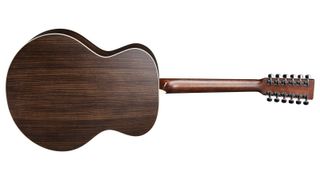
Plugged into an L.R. Baggs Synapse Personal P.A., the stealthy onboard Fishman Matrix VT Enhance NT2 did a fantastic job representing the J-16E’s unique sound. The Matrix undersaddle piezo does the heavy lifting, while an extra soundboard transducer captures extra top end and percussiveness, kind of like a microphone that one can dial in according to taste and style with the enhance dial. With the Fishman’s flexibility, including a scooped tone dial, one can achieve amplified tones that are either more robust or more chimey than the J-16E sounds acoustically.
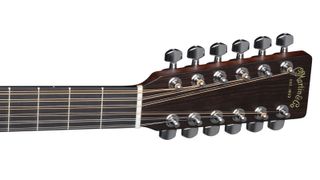
If you’re a serious acoustic guitar player, you really should have a 12-string in the arsenal, and this one checks a lot of boxes. We found it fabulous for the studio, both as a textural tool and for rendering outline arrangements, because it helps boil parts down to their essentials. Onstage with a band, it swaps in easily because of the neck playability, manageable depth and bridled low end that doesn’t fight for space with the bass.
Martin’s Grand J-16E sums up what the best Martin guitars are about - exceptionally utilitarian, and cover a ton of ground without breaking the bank. For that it earns an Editors’ Pick Award.
Specifications:
- NUT WIDTH 1.81”, bone
- NECK Select hardwood with dark mahogany color
- FRETBOARD Ebony with Style 28 mother-of-pearl inlays, 25.4” scale
- FRETS 20
- TUNERS Chrome enclosed gear
- BODY Solid Sitka spruce top, solid East Indian rosewood back and sides, scalloped Sitka spruce X-bracing
- BRIDGE Ebony with compensated white Tusq saddle and black Tusq bridge pins
- ELECTRONICS Fishman Matrix VT Enhance NT2
- FACTORY STRINGS Martin Authentic Acoustic SP Extra Light 12 String 92/8 Phosphor Bronze SMA500T
- WEIGHT 5.5 lbs
- BUILT USA
Jimmy Leslie has been Frets editor since 2016. See many Guitar Player- and Frets-related videos on his YouTube channel, and learn about his acoustic/electric rock group at spirithustler.com.

“I felt myself starting to cry.” Eric Clapton’s 'MTV Unplugged' Martin acoustic returns in two guises. But Slowhand’s affinity for the guitar brand began long before that seminal live performance

"I have a Mercury on the guitar now, which makes me very happy.” Brian May’s new signature Gibson SJ-200 features a subtle tribute to the late Queen singer Freddie Mercury
